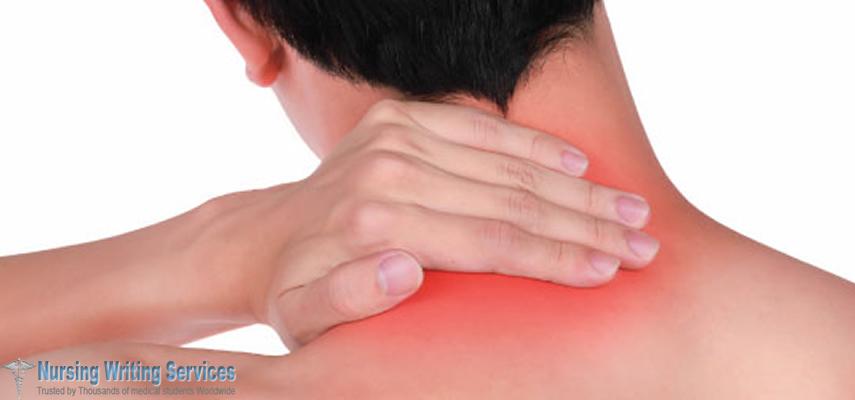
Classification of Traction in Nursing
Traction in nursing is a branch of orthopedic medicine referring to a set of mechanisms that straighten broken bones or relieve pressure on skeletal system and spine. Traction can be alternating (intermittent) or continuous. Intermittent traction is for short time application, for instance, the cervical traction that an orthopedic can release for a short period. Constant traction is that which an orthopedic maintains all the time to for example treat an unrepaired fracture.
Traction is static in a position providing a form of immobilization. An orthopedic can use it as a balanced or running suspension tract. Running traction applies while treating one body part with a pull in a single direction or along one plane. It keeps the fractures area in an immobilized position when a patient moves and an orthopedic can use it with skeletal or skin traction.
Traction Classifications in Nursing
Manual tractionThis form of traction is chiropractor assisted method using the hand to exert a pulling force. The purpose is to treat dislocation and fractures. It helps in applying a steady pull while a chiropractor releases the mechanical traction for readjustment or after application of a cast. Manual traction should be a smooth firm grip because sudden jerky motions will cause extreme pain. A manual restriction is for specific situations, but it is easy to apply.
Mechanical tractionThis type uses weights and pulleys to treat fractures and dislocations. Mechanical traction is in these two forms.
ALSO READ: Best Professional nursing essay writers.Expert writers on traction and other medical topics.
Skin traction is a direct attachment to the skin of a patient for intermittent or continuously disabling a body part during treatment. A physician effects the direct application of a pulling force to the surface and soft tissues using one of these:
- Adhesive or non-adhesive cast
- A belt
- A halter
- A boot
Skeletal traction is the direct attachment of skeleton traction to a patient’s skeletal system to immobilize or disabling a body part. An orthopedic will directly apply a pulling force to the skeletal system of a patient, and it may include the use of pins, wires, screws, and tongs to achieve the purpose. Skeletal traction allows more traction time and heavier weights than the skin tractions.
Brace tractionBrace traction uses a brace for exerting a pull on a section of the body. Hyperextension braces or long leg braces for correcting leg alignment deformities after fractures of a distal portion of the femur are some examples of brace traction.
Plaster tractionAn application of a skeletal reaction that a chiropractor applies by incorporating wires or the end of pins in a cast maintaining constant pulling force is the plaster traction. For instance the use of a short arm cast with skeletal traction on a thumb for correcting a first metacarpal fracture.
Role of Nurses in Traction
Patients require proper care during constriction like with other forms of treatment. Nurses help the chiropractors through procedures. They also take care of bed-ridden patients to prevent prolonged immobility in one position because it is likely to cause bedsores, respiratory, circulatory or urinary problems.
Caregivers help the patients to use trapeze bars to give them an option to control the movements. Nurses institute an exercise program to help maintain the joint and muscle mobility for the patients during the time of immobilization. They also observe the functioning of the traction equipment frequently to ensure that they stay in an appropriate position and exert the right amount of force.
A caregiver has a role to check whether there is inflammation of the bone for skeletal traction cases. Inflammation is an indication that there is a foreign matter is attacking the bone. A pin or screw site is the potential source thus nurses have a stole in maintaining hygiene around the sites.
Nurses also help to prepare the patient for necessary tests before traction such as urine or blood studies as well as x-rays.

